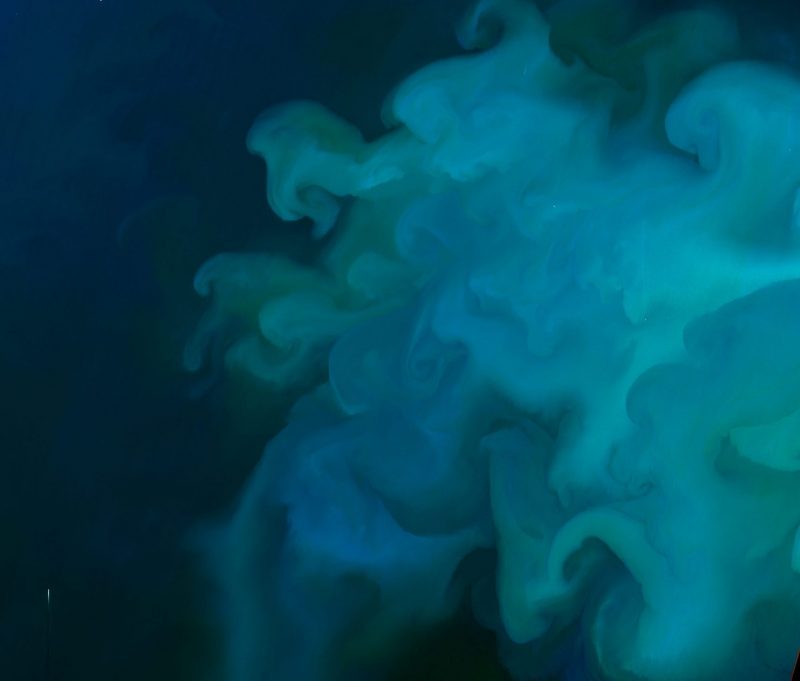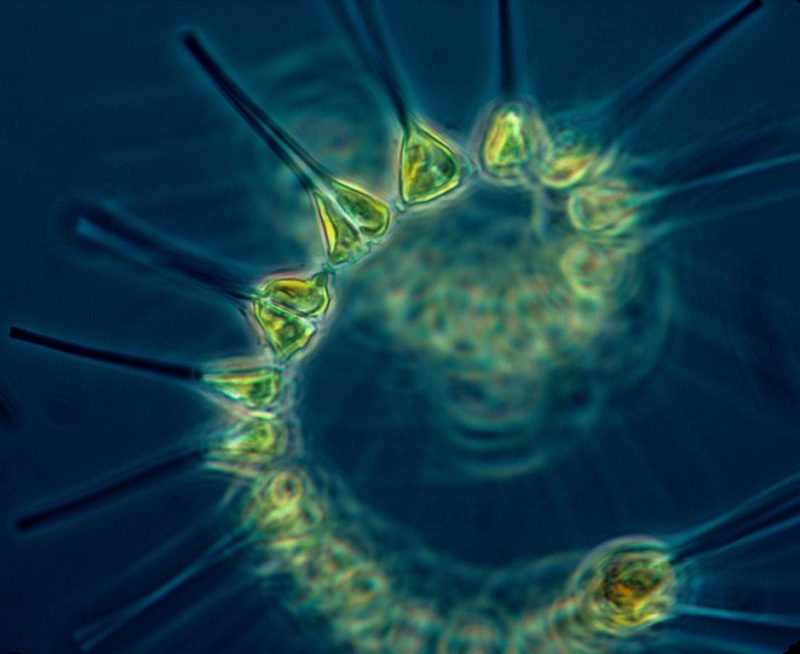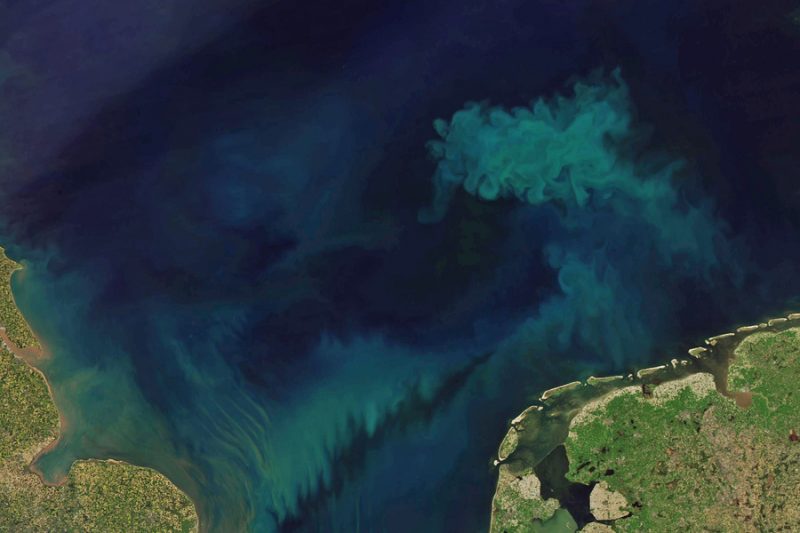Oceans turning greener
For decades, satellites have been capturing views of Earth’s oceans. And scientists studying these images announced on July 12, 2023, that Earth’s oceans are turning greener, due to human-induced climate change. They said the color changes couldn’t be explained by natural variability alone.
Satellites have recorded gradual and subtle color differences over 56% of Earth’s oceans, an area that is larger than all of Earth’s landmass combined.
The areas of ocean that have experienced the most color change are those near the tropics. There, seas have become steadily greener, indicating that the ecosystem is also changing. The color of the ocean reflects a growth of living organisms in the surface waters of earthly seas.
The scientists published their peer-reviewed results in the journal Nature on July 12, 2023.

Color change and global warming
While the changing ocean colors and its living ecosystems will require more study, the researchers already feel confident about pointing the finger at global warming. Stephanie Dutkiewicz, an author of the study from MIT, said:
I’ve been running simulations that have been telling me for years that these changes in ocean color are going to happen. To actually see it happening for real is not surprising, but frightening. And these changes are consistent with man-induced changes to our climate.
Lead author B. B. Cael of the National Oceanography Center in Southampton, U.K., agreed. Cael said:
This gives additional evidence of how human activities are affecting life on Earth over a huge spatial extent. It’s another way that humans are affecting the biosphere.
Interpreting the ocean’s colors
When we look down at the ocean’s colors from above, we see whatever lies within the upper waters. A deep blue color indicates little life. Greener areas are a sign that life – often phytoplankton – resides in those waters. Phytoplankton are green algae that require sunlight to grow. This type of algae lies at the bottom of the food chain, providing a base for ever-larger lifeforms from krill to fish to seabirds and larger animals.
Phytoplankton play an important role in sequestering carbon dioxide. Phytoplankton use chlorophyll for their photosynthesis, which in turn absorbs carbon dioxide from the atmosphere as it creates fuel. Therefore, scientists want to keep track of phytoplankton in the ocean and see how climate change affects their populations. Tracking how much green (phytoplankton) versus blue (low-life regions) helps them monitor phytoplankton’s abundance.

20 years of colorful ocean images
Co-author Stephanie Henson of the National Oceanography Center published a paper about a decade ago that said tracking just chlorophyll would require at least 30 years of monitoring to see any effect from climate change. Natural variations in chlorophyll would mask most of those attributed to climate change. But co-author Dutkiewicz published a paper in 2019 that showed natural variation in other ocean colors is much smaller compared to chlorophyll. They said that would allow them to see climate-related changes over the smaller, normal variations of other ocean colors in as few as 20 years. Cael said:
So I thought, doesn’t it make sense to look for a trend in all these other colors, rather than in chlorophyll alone? It’s worth looking at the whole spectrum, rather than just trying to estimate one number from bits of the spectrum.
The Moderate Resolution Imaging Spectroradiometer (MODIS) has been monitoring our globe since 1999. The instrument can “see” in seven visible wavelengths, including two colors that can estimate chlorophyll. The team analyzed all seven ocean colors from 2002 to 2022. They identified the natural, annual variations in different regions and then compared them to the subtle color differences over the two decades. This revealed a clear trend toward green.

Oceans turning greener due to climate change
With the help of Dutkiewicz’s model from the 2019 study, the team could look at Earth’s oceans under two scenarios: with added greenhouse gases and without. They found that the greenhouse-gas model almost exactly matched their real-world analysis of the ocean’s color trends after 20 years. The model predicted they would see the color change in about 50% of the world’s surface oceans. And the study found a change in 56% of our oceans. Cael said:
This suggests that the trends we observe are not a random variation in the Earth system. This is consistent with anthropogenic climate change.
The color change in the oceans is real and is likely related to climate change, but scientists have more research to do. Dutkiewicz said:
The color of the oceans has changed, and we can’t say how. But we can say that changes in color reflect changes in plankton communities, which will impact everything that feeds on plankton. It will also change how much the ocean will take up carbon, because different types of plankton have different abilities to do that. So, we hope people take this seriously. It’s not only models that are predicting these changes will happen. We can now see it happening, and the ocean is changing.
These new methods give scientists a clearer, faster way to detect climate-change-driven changes to marine ecosystems.
Bottom line: Scientists said that oceans are turning greener amid climate change. Studying satellite images of the ocean for more than 20 years led to the discovery.
Source: Global climate-change trends detected in indicators of ocean ecology
Read more: Phytoplankton blooms underneath Antarctic sea ice











